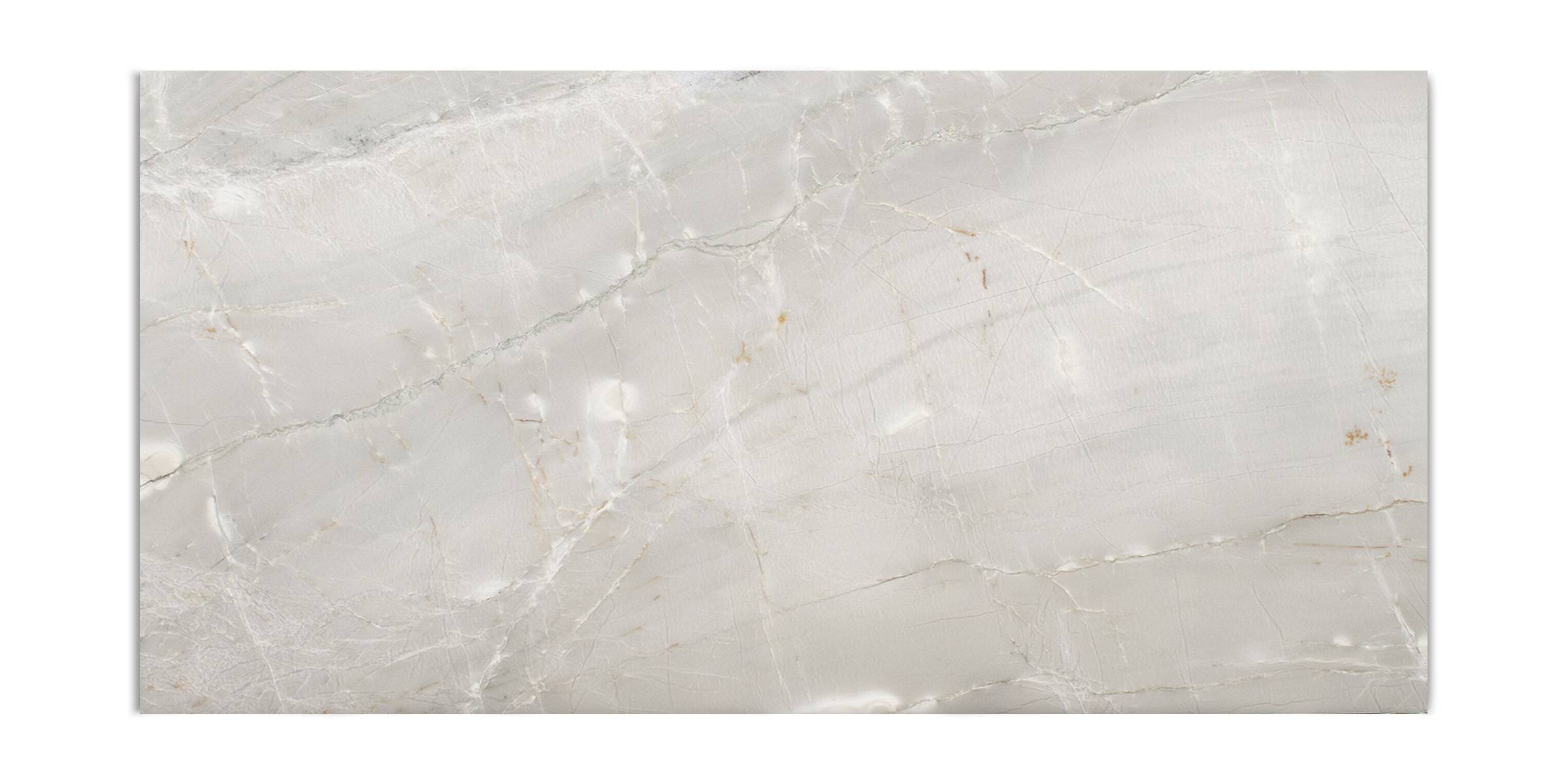How do I choose a stone countertop? Selecting the right stone countertop for your home is a significant decision that affects both aesthetics and functionality. With so many options available, it's essential to consider factors such as durability, maintenance, and design. Here’s a comprehensive guide to help you choose the best stone countertop for your space.
1. Consider Your Lifestyle
Your lifestyle plays a crucial role in determining the ideal stone for your countertop. If you have a busy kitchen with frequent cooking and food preparation, durability and stain resistance should be top priorities. On the other hand, if aesthetics are your main concern, you can focus on colors, patterns, and finishes.
2. Explore Different Stone Options
Each type of stone offers unique benefits and characteristics:
Granite: Extremely durable and heat-resistant, granite is a popular choice for kitchens. It requires periodic sealing to prevent stains.
Quartzite: Offers the beauty of natural stone with high resistance to heat and scratches. Sealing is recommended to maintain its longevity.
Marble: Luxurious and elegant, marble is softer than granite and more prone to stains, making it better suited for bathrooms or low-traffic areas.
Quartz: Engineered stone that is non-porous, low maintenance, and available in a wide range of colors and patterns.
Soapstone: A soft, matte stone that develops a natural patina over time. It’s highly resistant to stains and bacteria.
Porcelain: A newer option that mimics natural stone while offering durability, heat resistance, and minimal maintenance.
3. Choose the Right Color and Pattern
The color and pattern of your countertop should complement your kitchen or bathroom’s overall design. Lighter stones can create a spacious and airy feel, while darker tones add sophistication and depth. Veined or speckled patterns add visual interest, whereas solid colors provide a sleek, modern look.
4. Evaluate Durability and Maintenance
Some stones require more maintenance than others. For instance:
Quartz and porcelain are virtually maintenance-free.
Granite and quartzite need periodic sealing.
Marble requires extra care due to its susceptibility to etching and stains.
If you prefer a low-maintenance option, quartz or porcelain may be your best bet.
5. Factor in Budget and Installation Costs
Stone countertops vary widely in price. Marble and quartzite tend to be on the higher end, while granite and quartz offer a good balance of affordability and quality. Additionally, consider installation costs, which can vary based on the complexity of the project and the thickness of the stone.
6. Visit a Showroom and Request Samples
Seeing the stone in person can help you make an informed decision. Visit a showroom to examine slabs up close and request samples to test their appearance under different lighting conditions in your home.
7. Work with a Reputable Supplier
Choosing a reliable supplier ensures you get high-quality stone and expert guidance. Look for reviews and ask about warranties, fabrication options, and installation services.
Final Thoughts
Selecting a stone countertop is an investment that enhances both the beauty and functionality of your home. By considering factors such as lifestyle, durability, maintenance, and budget, you can find the perfect countertop that suits your needs and complements your space.
Need help choosing the right stone? Explore different options and consult with a professional to make the best choice for your home!

